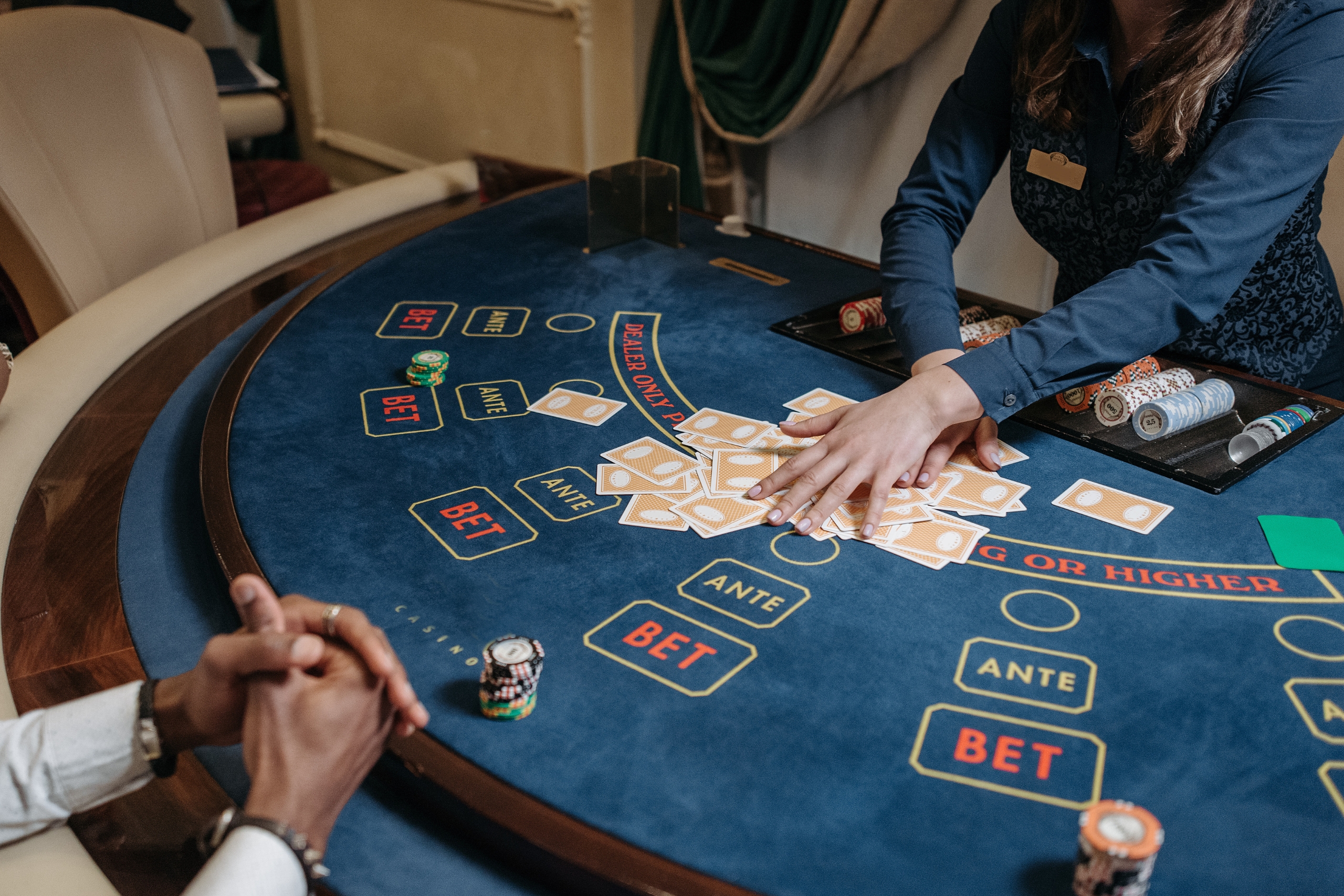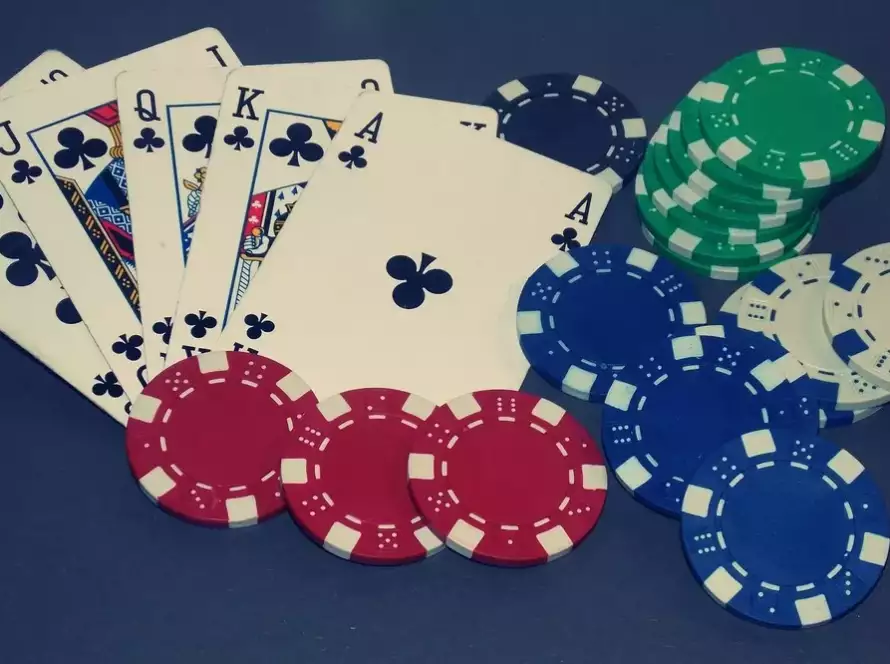Baccarat is a thrilling and fast-paced casino game that has been enjoyed by players for centuries. With its origins in France, Baccarat has evolved into a popular game in casinos around the world. The game is easy to learn, but its intricacies make it an exciting and challenging experience for both novice and experienced players. Understanding the rules of Baccarat is crucial for success, as it allows players to make informed decisions and strategize effectively during gameplay.
With the right knowledge, players can maximize their chances of winning and fully immerse themselves in the exhilarating atmosphere of the Baccarat table. Whether playing in a traditional casino or online, grasping the rules and intricacies of Baccarat can make all the difference in achieving a satisfying and rewarding game experience. In the following sections, we will delve into the rules of Baccarat and explore the strategies and techniques that can lead to success in this classic and beloved casino game.
Understanding Baccarat Basics
Baccarat is a card game that dates back to the 19th century and is believed to have originated in Italy. It gained popularity in France, particularly among the nobility, and eventually made its way to casinos around the world.
The objective of Baccarat is to bet on which hand will have a higher total value: the player’s or the banker’s. Players can also bet on a tie, where both hands have the same value. The game is typically played with six to eight decks of cards. Each hand, consisting of two or three cards, is dealt according to specific rules (バカラ ルール). The hand closest to a total of 9 wins. If the total value of a hand exceeds 9, the second digit is used as the hand’s value (e.g. 15 becomes 5).
The key terms in Baccarat are banker, player, and tie. The banker is not the casino but rather one of the two hands being bet on. The player refers to the other hand. A tie is a bet on both hands having the same value at the end of the game.
Baccarat is a simple yet elegant game, and understanding the basics of the game can make it enjoyable for both novice and experienced players.
The Value of Cards in Baccarat
In Baccarat, the value of cards is quite straightforward. The point values for the cards are as follows:
- Ace: 1 point
- 2 through 9 cards: their face value (i.e., a 5 card is worth 5 points)
Face cards (i.e., 10, Jack, Queen, and King) have a value of zero. When the total value of the cards in a hand exceeds 9 points, the score is adjusted by subtracting 10 from the total. For example, a hand with a 7 and a 6 would normally total 13, but in Baccarat, the score is adjusted to 3 by subtracting 10.
This simple scoring system is one of the reasons Baccarat is popular among casino players. Players do not need to memorize complex card values, making it easy to learn and play. The goal in Baccarat is to bet on the hand that will have a total closest to 9, and understanding the values of the cards is essential for making informed betting decisions.
Dealing and Gameplay in Baccarat
Step 1: The game begins with players placing their bets on either the player hand, banker hand, or a tie.
Step 2: The dealer will then deal two cards to the player and the banker hands, following the specific order of the game.
Step 3: The point value of the hands is calculated by adding up the values of the cards. Cards 2 through 9 are worth their face value, 10s, Jacks, Queens, and Kings are worth 0, and Aces are worth 1.
Step 4: If either the player or banker hand has a total of 8 or 9 after the initial deal, it is considered a “natural” and no more cards are drawn. If neither hand has a “natural,” additional cards may be drawn according to specific rules.
Step 5: The hand closest to 9 wins. If both the player and banker hands have the same total, it’s a tie.
Step 6: The winning bets are paid out according to the odds for each type of bet.
Step 7: The round is over, and players may place new bets for the next round.
The card dealing procedures for the player and banker hands are the same in each round of Baccarat.
Betting Options in Baccarat
In Baccarat, players have three types of bets to choose from: player, banker, and tie.
For a player bet, the odds are 1:1, meaning if you bet $100 and win, you will receive $100 in addition to your original bet.
For a banker bet, the odds are also 1:1, but a 5% commission is often charged on winning banker bets. This means if you bet $100 and win, you will receive $95 in addition to your original bet.
For a tie bet, the odds are usually 8:1 or 9:1. This means if you bet $100 and win, you will receive $800 or $900 in addition to your original bet, depending on the specific odds offered by the casino.
In terms of strategies and tips for making successful bets in Baccarat, it is important to note that the banker bet has slightly better odds than the player bet due to the commission on winning banker bets. However, it is recommended to avoid tie bets due to the significantly lower probability of winning. Additionally, setting a budget and sticking to it, as well as avoiding chasing losses, can help in making successful bets in Baccarat.
Understanding Third Card Rules
In the game of Baccarat, drawing a third card is based on specific rules for both the player and banker hands. These rules are automatically followed by the dealer and the players do not have to make any decisions regarding drawing a third card.
For the player hand, a third card is drawn if the total value of the first two cards is 0-5. If the total value is 6 or 7, then the player stands. If the total value is 8 or 9, then the player has a “natural” and no additional cards are drawn.
For the banker hand, the rules for drawing a third card are a bit more complex. If the player did not draw a third card, then the banker follows the same rules as the player – drawing if the total value is 0-5 and standing if the total value is 6 or 7. However, if the player did draw a third card, then the banker’s actions are determined by the value of the player’s third card and their own total value. The specific rules for when the banker draws a third card can be more intricate and can vary from casino to casino.
Understanding when a third card is drawn in Baccarat is crucial for players to grasp the dynamics of the game and to be able to anticipate the outcomes of each hand.
Tips for Success in Baccarat
Baccarat is a popular casino game that requires both luck and skill to win. To increase your chances of success, it’s important to employ strategic techniques and have a solid understanding of the game.
One key strategy for success in Baccarat is effective bankroll management and setting limits. It’s crucial to establish a budget for your gambling activities and stick to it. This will help you avoid chasing losses and prevent you from overspending.
Additionally, being able to read the game and identify patterns is essential. Pay attention to the trends and outcomes of previous hands to gain insights into potential future results. Look for patterns and use them to inform your betting decisions.
Understanding the odds and probabilities in Baccarat is also vital for success. Knowing the likelihood of certain outcomes can help you make more informed bets and increase your chances of winning.

Conclusion
In conclusion, Baccarat is a game of chance that requires both luck and strategy. By understanding the rules, odds, and probabilities, players can increase their chances of success. It is recommended to stick to banker or player bets rather than tie bets, as they offer better odds. Effective bankroll management and setting limits are also important for success. Additionally, being able to read the game and identify patterns can inform your betting decisions. By following these tips and strategies, players can enhance their gaming experience and increase their chances of winning in Baccarat. So, let the game begin and may the odds be ever in your favor!

